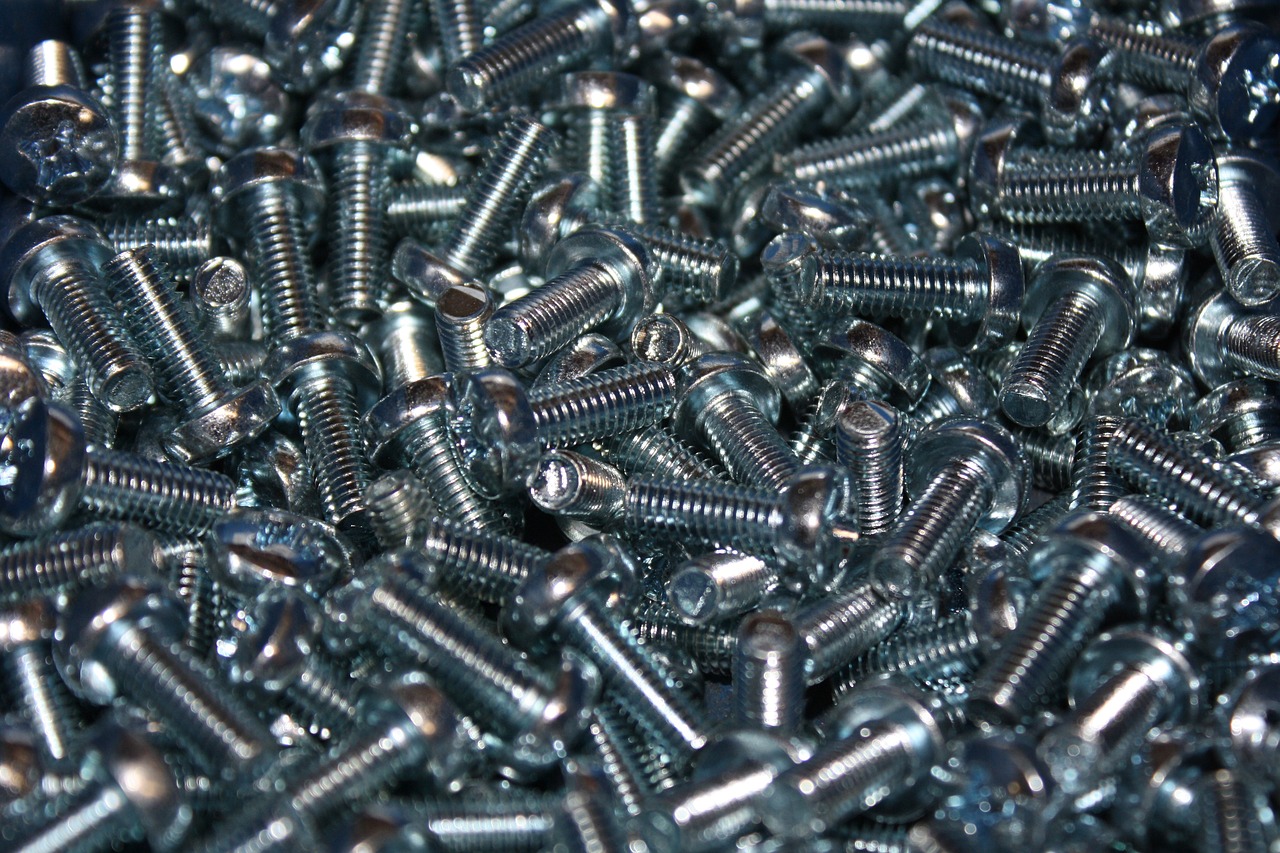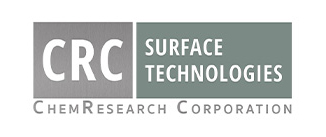
18 Jan Industrial Silver Plating: How the Process Works
Silver has many useful properties beyond its aesthetic appeal. For instance, it offers superior corrosion resistance, high conductivity, and excellent durability. However, using solid silver parts is expensive. Industrial silver plating is a more affordable alternative to using solid silver that still offers the same powerful benefits. Let’s take a closer look at how the process works, its many advantages, and its applications.
What Is Industrial Silver Plating?
Industrial silver plating is an electroplating process that starts with placing a metal substrate into a silver-based electrolyte bath. An electrical current is applied to the bath, which causes silver atoms to be deposited in a thin, even layer onto the surface of the submerged metal part.
Four Impressive Benefits of Silver Plating
1: Increased Corrosion and Wear Resistance
Silver is a noble metal, meaning it does not corrode and can resist chemical reactions. Industrial silver plating can be used to improve the corrosion resistance of copper, steel, aluminum, and other metals that degrade easily.
Another advantage of silver is that it is lightweight, but it is also very strong. The superior durability of silver can make a metal substrate more resistant to extreme wear. However, silver is subject to tarnishing—depending on its function, the final product may need painting or powder coating for added protection.
2: High Conductivity
Silver also has high electrical and thermal conductivity. In fact, silver is more conductive than gold, which is typically more expensive. Coating a metal substrate with a layer of silver can ensure that it is able to stand up to high temperatures and high power outputs in a wide range of applications.
3: Excellent Solderability
Because it is lightweight, silver is easy to manipulate, and it can be easily soldered. Along with high conductivity, the excellent solderability of silver makes it perfect for electrical components like printed circuit boards.
4: Better Lubricity
Another important benefit of silver is that it has high lubricity, even at high temperatures. Bearings, fasteners, and countless other parts can be coated with silver to prevent galling.
Which Metals Can Be Silver Plated?
A wide selection of metals and alloys can benefit from industrial silver plating, including:
- Aluminum
- Bronze
- Copper and copper alloys (typically requires a nickel plating undercoat)
- Steel (including stainless steel alloys)
- Titanium
Silver Plating Uses
Industrial silver plating is extremely popular in an extensive range of industries due to the many important advantages it offers. It’s also much cheaper than gold or platinum. Any industries that use precious metals (such as lead frame manufacturing) can use silver plating to achieve impressive results at a lower cost.
Other uses of silver plating include bearings, semiconductors, and connectors in the electronics industry. Aerospace manufacturers use silver plating for engine turbine components, fasteners, rotorcraft gears, and more. Silver plating is even used in LED applications because it is highly reflective. Defense, automotive, semiconductor, and many other manufacturers can also benefit from silver plating.
Industrial Silver Plating Services in Phoenix, Arizona
If you’re interested in professional silver plating, contact CRC Surface Technologies. We offer nondecorative silver plating for a wide array of industrial applications to manufacturers across the country. Our silver plating services are in accordance with AMS 2410 and AMS 2412. Request a quote today by emailing rfq@chemresearchco.com, or give us a call at 602-253-4175 to learn more.
Images used under creative commons license – commercial use (1/18/2023). Image by Bullettools from Pixabay

